New Year’s Day, 1966 – As football fans clicked on their TVs to watch UCLA battle Michigan State in the Rose Bowl, little did they realize that actress Pam Austin would soon ask them to join a rebellion.
The Dodge Rebellion.
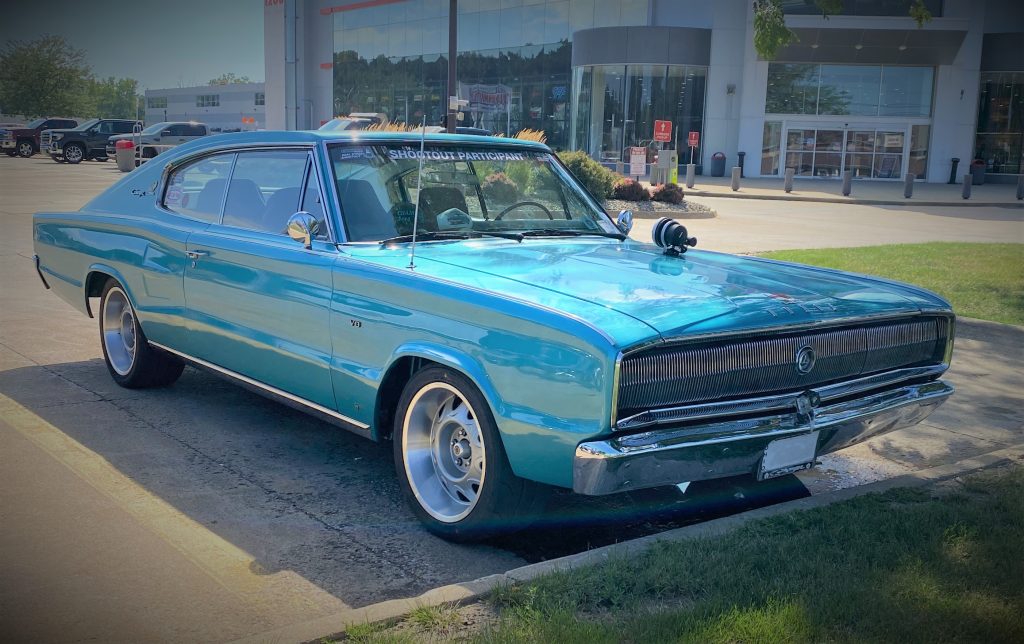
The all-new Charger launched with a clever advertising campaign that heralded Dodge’s performance makeover, “The Dodge Rebellion,” which enticed car buyers to ditch their dull rides and get behind the wheel of a sporty, modern Mopar.
So long before Bill Hickman, Bo & Luke, and Dominic Toretto drove their second-gen Chargers into fame, it was these 1966-67 models that carried the Dodge performance flag. (Though a first-gen was Obi-Wan’s ride of choice.)
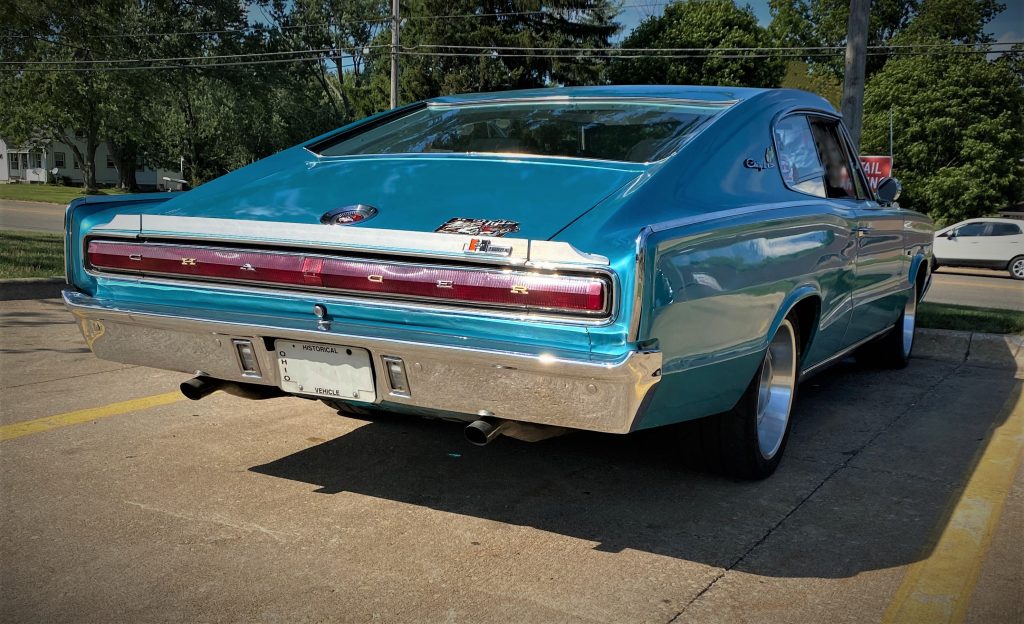
The all-new Charger was Dodge’s corporate response to the burgeoning Pony and Muscle Car segments, which was ignited with the launch of cars like the Pontiac GTO, Ford Mustang, and Plymouth Barracuda back in 1964.
Dodge based the Charger on the larger B-Body Coronet intermediate, instead of an A-Body compact as Plymouth had done with the Valiant-derived Barracuda. Using the different chassis was probably a smart decision to avoid competition between Dodge and Plymouth, and allowed Dodge to position the Charger a bit upmarket.
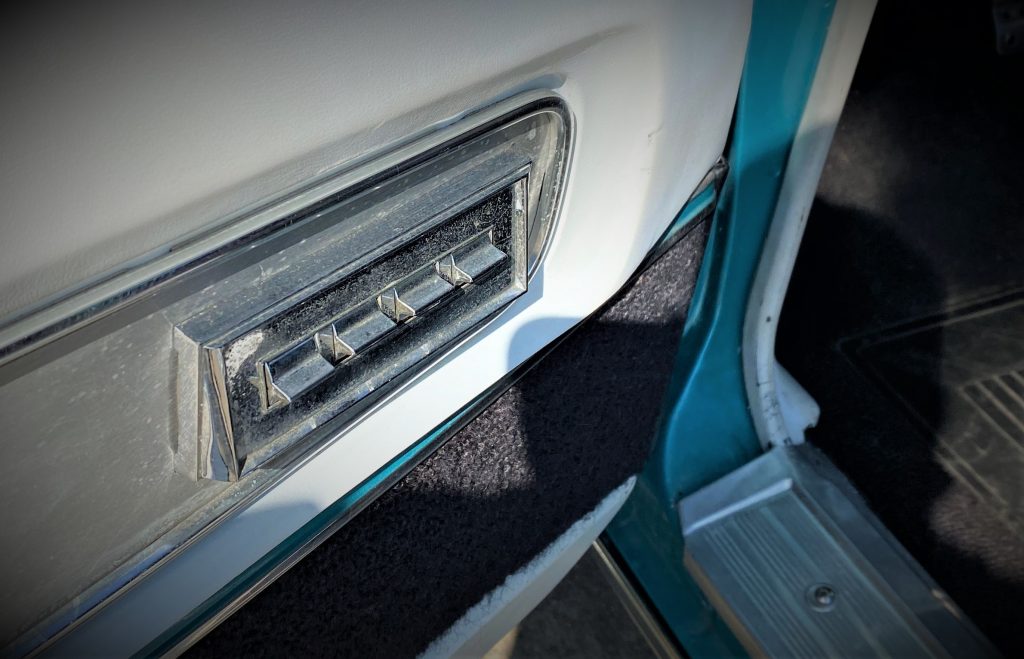
But while the Charger was mechanically similar to the Coronet, it had a long, sweeping fastback roofline that created a sporty silhouette. A unique full-length grill and hidden headlights also added to the Charger’s performance look.
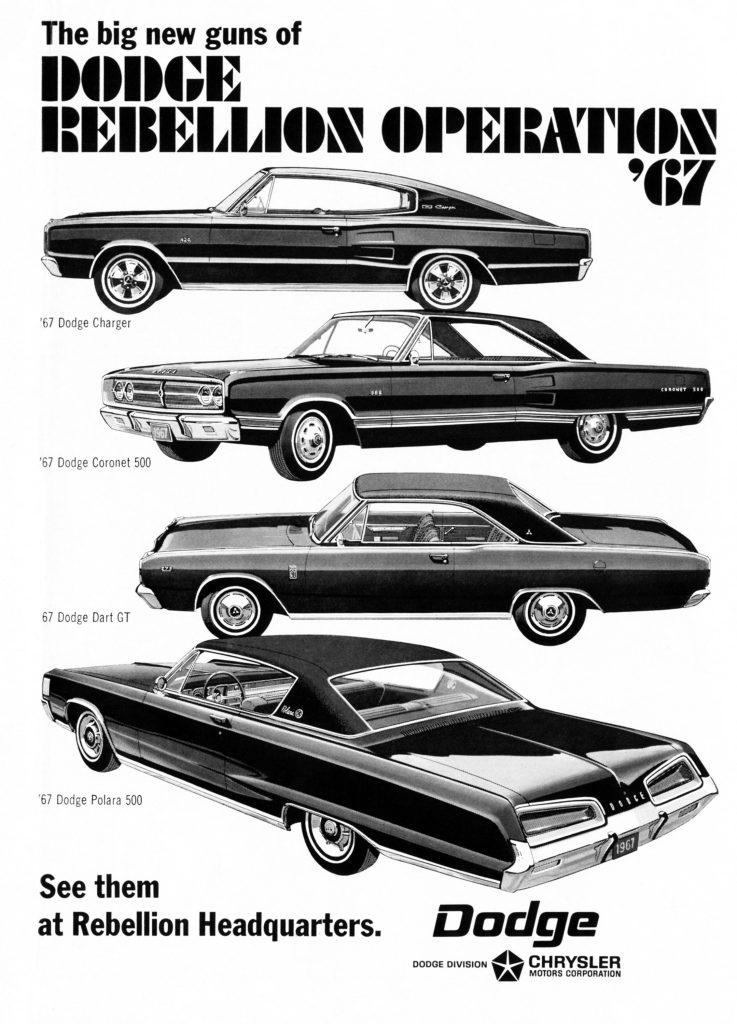
And to further cement its go-fast resume, you could only get a Charger with a V8. In fact, buyers could check the options sheet for either the 318, 361, 383, or—wait for it—the new 426 street Hemi.
Yup, you could get the soon-to-be-legendary 426 in the 1966 Charger, though it was a pretty rare option and only a few hundred left the factory with an Elephant.
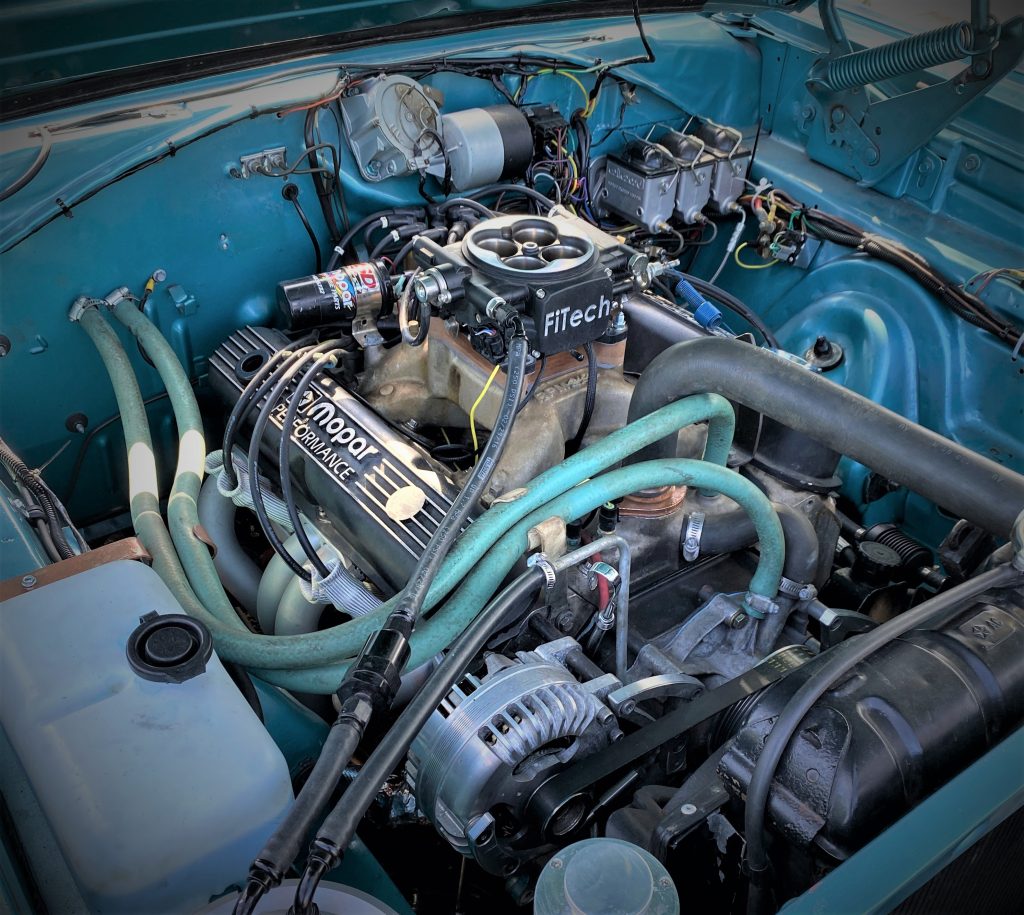
The performance vibe carried over to the cockpit too. The 1966 Dodge Charger featured a special instrument cluster that didn’t have traditional incandescent lamps, but instead used electroluminescence to make the gauges glow a super-cool bluish green at night.
A full length center console bisected the entire interior, and the rear seats folded nearly flat to create a large cargo area behind the driver.
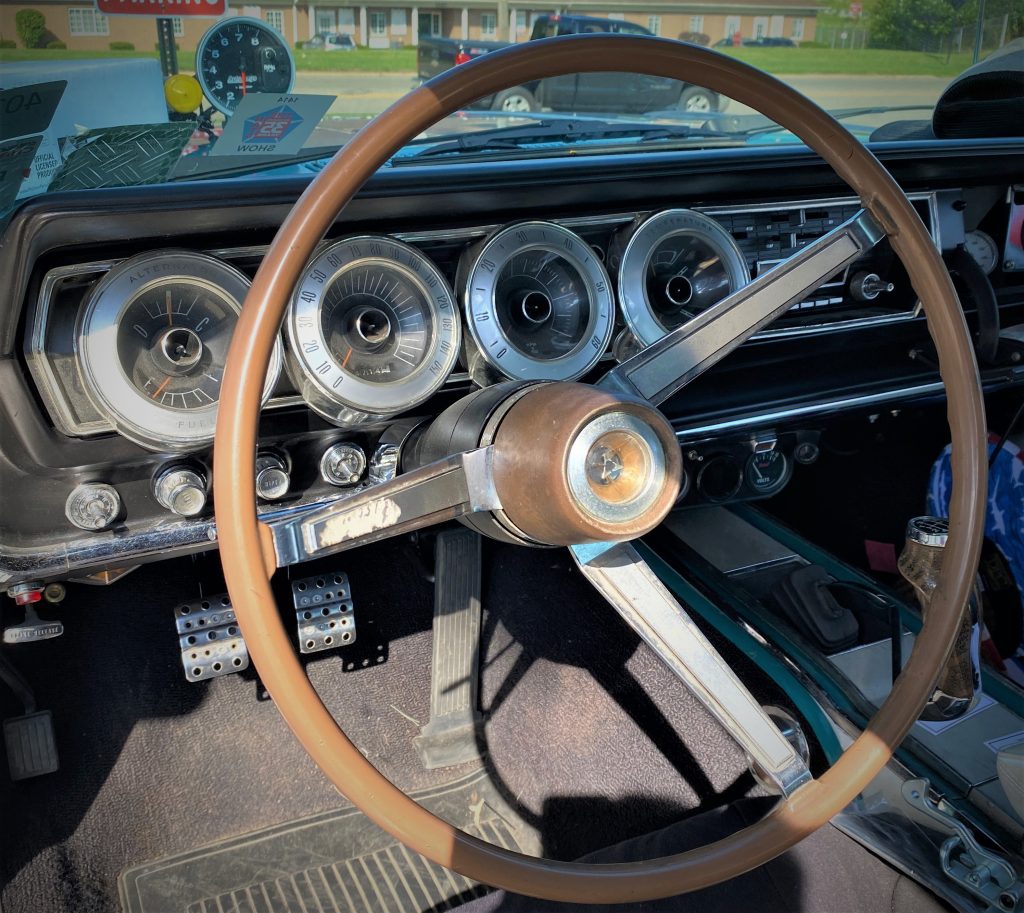
For 1967, the Charger carried on mostly unchanged. In addition to those aforementioned fender-mount turn signals, you could get it with a vinyl roof, and the interior ditched its prominent center console to free up space inside.
The Chrysler 440 engine also appeared on the options sheet. It slotted in above the 383, which eliminated the 361.
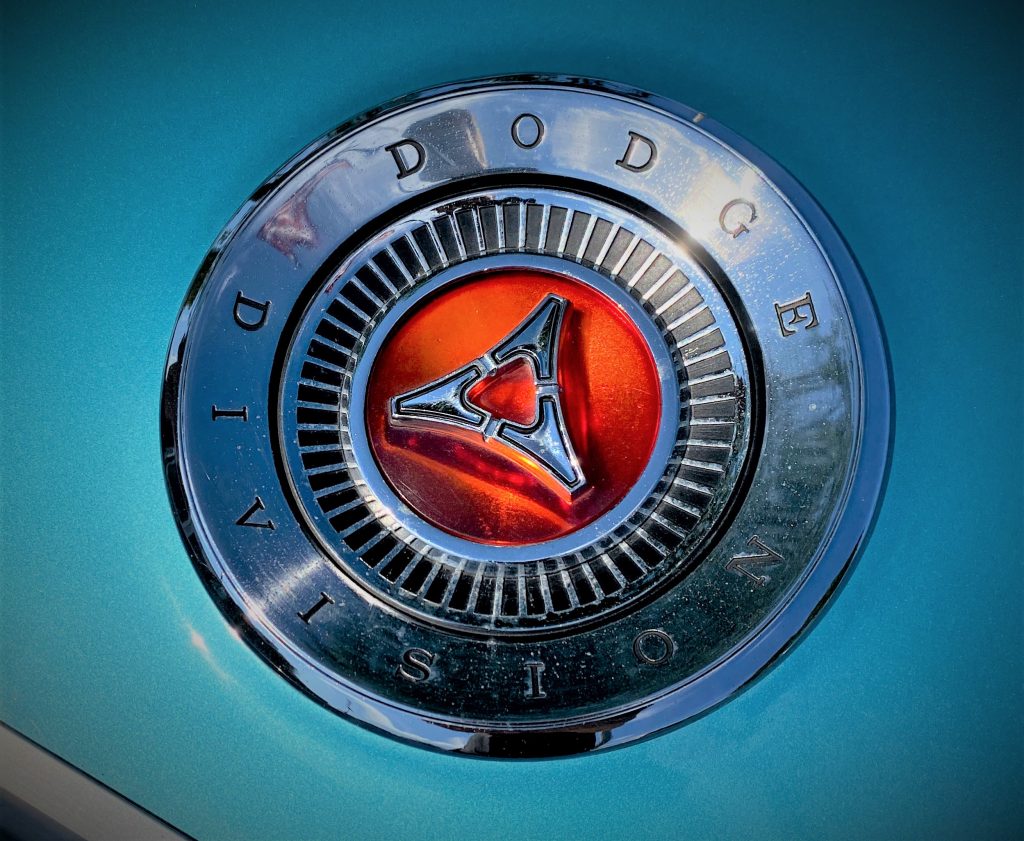
All told, while the First-Gen Charger didn’t replicate the success Ford enjoyed with the Mustang, it did sell well enough to justify a watershed redesign in 1968—and the Dodge Rebellion’s flagship would soon rumble into musclecar history.
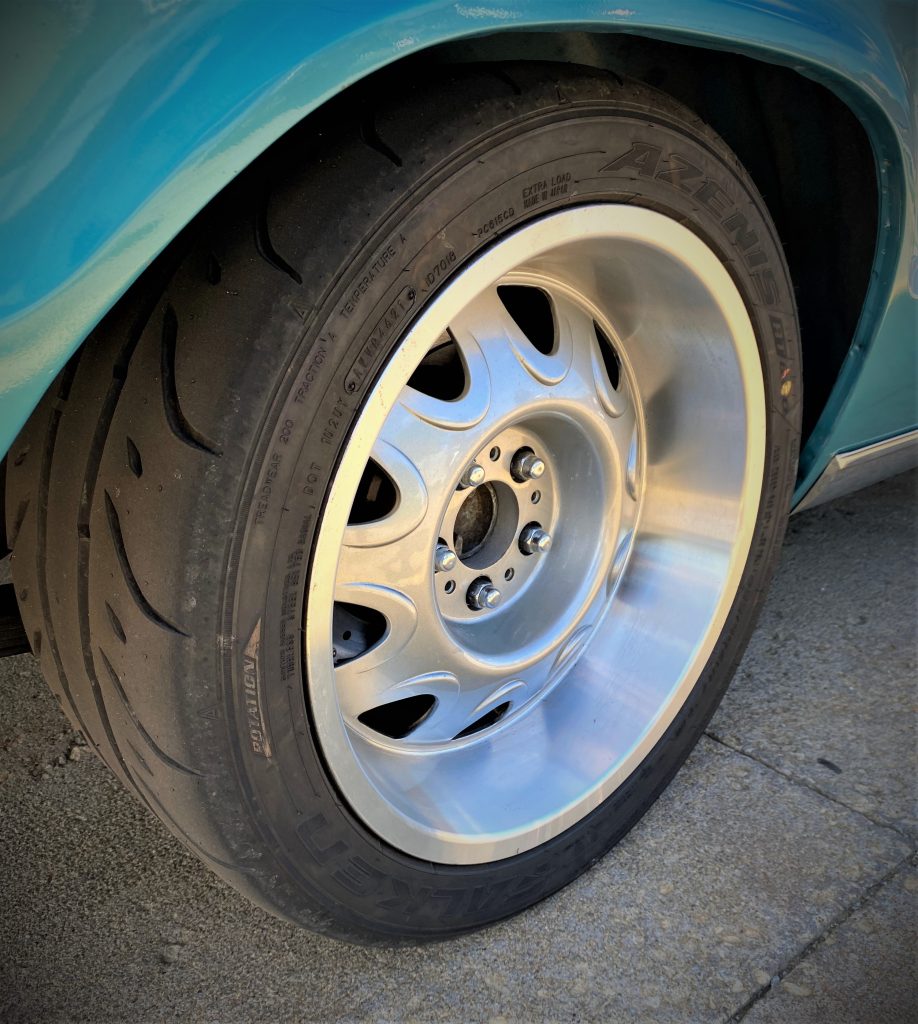
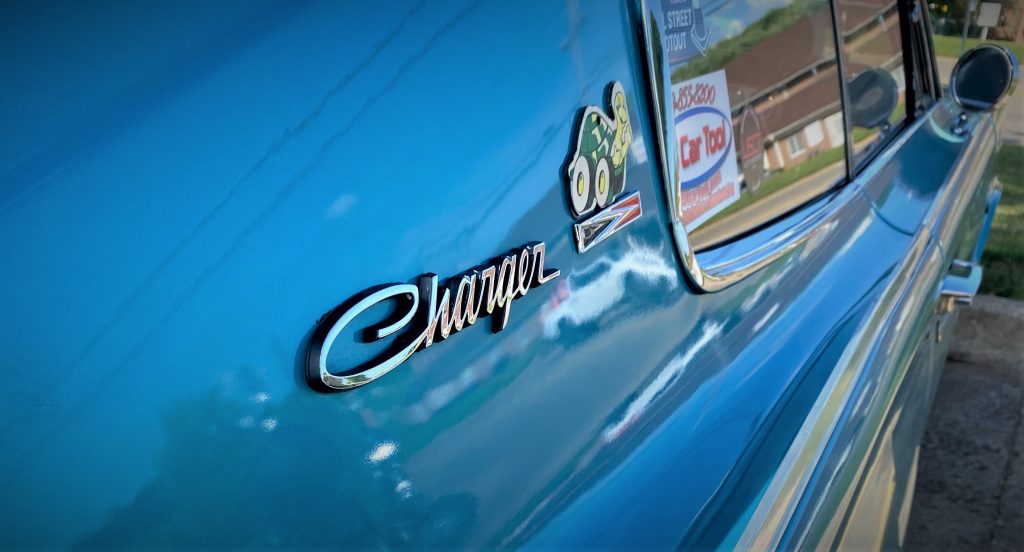

The author above is WRONG about the 1966 being Dodge’s answer to the pony cars. Dodge did not enter that race until 1970 with the Challenger. The 1966 Charger was marketed at the luxury sports model with competitors being the Thunderbird, Grand Prix, Riviera, Eldorado and Tornado (the next year)
great article
The 1966/67 Dodge Charger was the First car to break the 200 MPH mark on NASCAR Curcuit! Frequently misquoting the claim that 1968 Charger was that car. I found fact the 1968 was Not that car as claimed in many misquoted articles. I see to this day. I recall the 1968 did poorly on NASCAR, after chopping the rear Window flat causing the tail to pitch side to side. unlike the 66/67 Charger 200 mph record breaker with its 426 Hemi was the cause for NASCAR wanting a slower car, under the rules, so Chrysler went back to the drawing board designing the Chopped rear window rather than the sleek fast back Sports Model Edition of 66/67. Plain truth, Also the 66 was one of the first to be designed suspended in a wind tunnel something NASCAR did not appreciate! They felt this cheated the rules and we would not see a Fast Back of sort from Chrysler in the B Body, until the 1970 Charger 500 Special, very few of those were produced even lower than the 66/67 low numbers. Chrysler once again created a true Sports fast back edition again making the Charger 500 window level with body albeit somewhat smaller window in the 1970 500 when compared to the 66/67 Dodge Charger. So few numbers of the 66/67 Charger. It’s mind boggling to think only 468 four speed 66 Chargers were produced and even fewer 318 Three Speed speed cars were made. The rarest would the 1966 Charger 361 Four Speed with Dana rear package typically carrying 354 gear Ratio’s from the factory. Others enjoyed the 323 in a Sturdy 8-3/4 rear axle. Those with the Dana rear package typically came with with the Bendix four piston Brakes up front. While in 1967 the more prevalent single Piston Brake was also found and the most common in front drum. NASCAR got what they demanded from Chrysler slowing these Chargers from a high of 200 MPH satisfied NASCAR drivers created new designs to remove the swagger if you will from the 68 Chargers New body design as time went on.